News
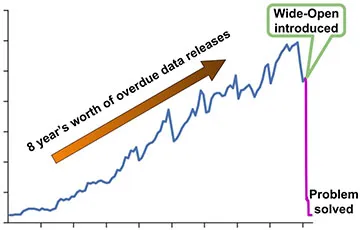
Thu, 06/08/2017 | UW Today
Wide-Open accelerates release of scientific data by automatically identifying overdue datasetsWideOpen is a new open-source tool to help advance open science by automatically detecting datasets that are overdue for publication. Its use on the Gene Expression Omnibus (GEO) led to the dramatic drop of overdue datasets, with 400 datasets released within the first week.
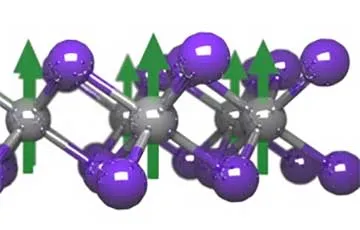
Wed, 06/07/2017 | UW Today
Scientists discover a 2-D magnetA team led by Xiaodong Xu, a UW professor in MSE and a member of the UW's Clean Energy Institute, and researchers at MIT has for the first time discovered magnetism in the 2-D world of monolayers, or materials that are formed by a single atomic layer. The findings, published June 8 in the journal Nature, demonstrate that magnetic properties can exist even in the 2-D realm — opening a world of potential applications. Magnetic materials form the basis of technologies that include sensing and hard-disk data storage. Researchers are always seeking new magnetic materials that are more compact, more efficient and can be controlled using precise, reliable methods.
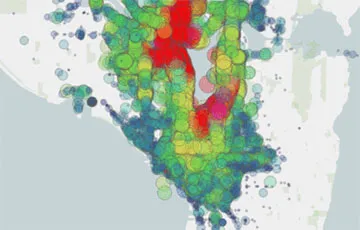
Fri, 06/02/2017 | UW Today
Catching the IMSI-catchers: SeaGlass brings transparency to cell phone surveillanceSeaGlass helps detect cell phone surveillance by modeling a city’s cellular landscape and identifying suspicious anomalies.
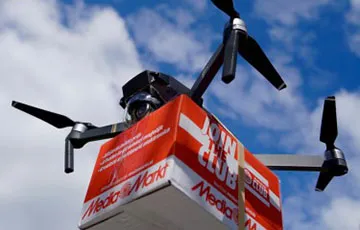
Tue, 05/30/2017 | UW Today
Drone vs. truck deliveries: Which create less carbon pollution?A new study finds that drone deliveries emit less climate-warming carbon dioxide pollution than truck deliveries in some — but not all — scenarios.
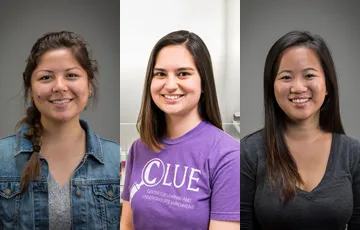
Tue, 05/30/2017 | College of Engineering
Aiming for the STARS: First STARS students graduate with engineering degreesWe congratulate 3 students from the STARS program's first cohort who completed the program — and their engineering degrees — in four years instead of the expected 5.
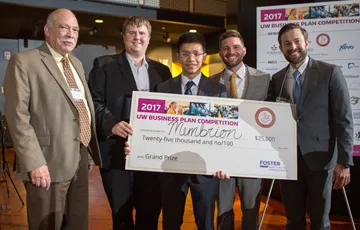
Fri, 05/26/2017 | Foster School of Business
Engineering student teams win top prizes at UW Business Plan CompetitionUW Engineering teams took 1st, 3rd and 4th place as well as a number of other awards in this year’s Buerk Center for Entrepreneurship Business Plan Competition! Congratulations to Membrion (ChemE) in 1st place, LC-Tourniquet (ME) in 3rd place and Epi4All (ME) in 4th place!
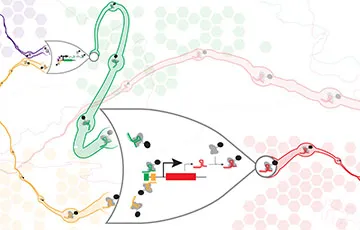
Thu, 05/25/2017 | UW Today
UW engineers borrow from electronics to build largest circuits to date in living eukaryotic cellsA team of UW synthetic biology researchers have demonstrated a new method for digital information processing in living cells, analogous to the logic gates used in electric circuits.
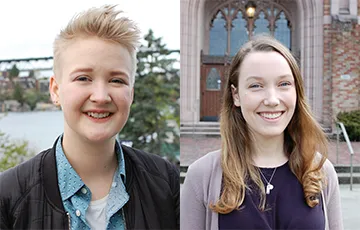
Fri, 05/19/2017
Celina Gunnarsson and Alexis Harroun receive 2017 Dean's Medal for Academic ExcellenceUndergraduates Celina Gunnarsson (BioE) and Alexis Harroun (A&A) received the 2017 Dean's Medal for Academic Excellence for a combination of their grades, academic rigor, research experience, extracurricular activities, and leadership. Celina helped develop a three-dimensional model of the blood-brain barrier to study cerebral malaria while Alexis has conducted experiments on thermal protection systems and hypervelocity launching technologies.
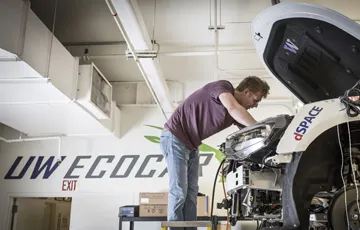
Mon, 05/15/2017 | Department of Mechanical Engineering
VIP and EcoCAR: A framework for project-based learning
EcoCAR students are converting a Camaro into a hybrid-electric car. The Vertically Integrated Projects (VIP) program supports long-term, experiential projects like EcoCAR that present real-world learning opportunities.
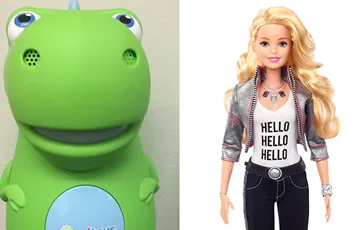
Wed, 05/10/2017 | UW Today
Kids, parents alike worried about privacy with internet-connected toysA recent UW study found that children who played with Wi-Fi-enable toys like Hello Barbie and CogniToys did not know their toys were recording their conversations, and some children were troubled by the idea of their conversations being recorded. Parents were worried about their children’s privacy when they played with the toys and desired more control over the toys’ connectivity.

Mon, 05/08/2017 | Department of Bioengineering
Allan Hoffman receives 2017 Acta Biomateria Gold MedalBioengineering Professor Emeritus Allan Hoffman received two prestigious awards recognizing his contributions to the field of biomaterials. He received the 2017 Acta Biomaterialia Gold Medal as well as a Controlled Release Society Award in 2016.
Tue, 05/02/2017 | UW Today
Period tracking apps failing users in basic ways, study findsA new study finds that smartphone apps to track menstrual cycles often disappoint users with a lack of accuracy, assumptions about sexual identity or partners, and an emphasis on pink and flowery form over function and customization.
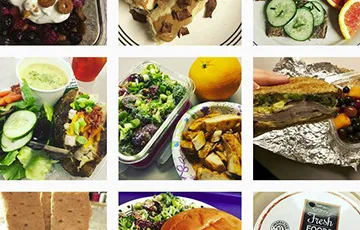
Wed, 04/26/2017 | UW Today
Food photos help Instagram users with healthy eatingA new study from University of Washington researchers describes how some people turn to posting photos on Instagram to track food intake or to be held accountable by followers in meeting healthy eating or weight loss goals.
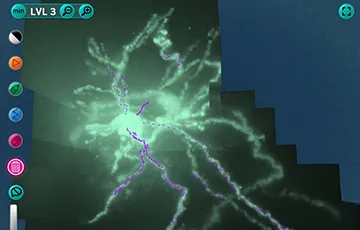
Mon, 04/24/2017 | UW Today
Scientific discovery game significantly speeds up neuroscience research processA new scientific discovery game, Mozak, is allowing video gamers to significantly speed up reconstructing the intricate architecture of brain cells, a fundamental task in 21st century brain science.
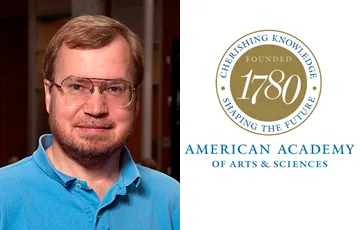
Wed, 04/19/2017 | UW Today
Two UW faculty named to American Academy of Arts and SciencesCSE professor Tom Anderson was named to the American Academy of Arts and Sciences, one of the nation’s oldest and most prestigious honorary societies. This latest honor follows Anderson’s induction last year into the National Academy of Engineering.
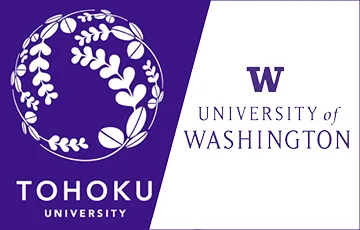
Fri, 04/14/2017 | UW Today
UW, Tohoku University establish Academic Open Space partnership for innovations in aerospace, clean energy, disaster preThe UW and Japan’s Tohoku University have agreed to create an Academic Open Space (AOS) to foster collaborations and academic exchanges between these two leading research institutions of the Pacific Rim. The AOS will build upon current collaborations in aerospace design and materials, as well as launch new science and engineering partnerships. Fumio Ohuchi, UW professor and MSE interim chair, will serve as director of the AOS and oversee UW-based efforts and activities.
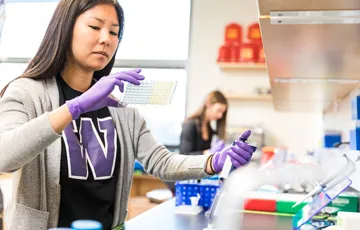
Thu, 04/13/2017 | UW Today
UW College of Engineering announces Direct to College admission for 2018 incoming freshman classThe College of Engineering is taking a significant step to improve undergraduate engineering students’ educational experiences by offering Direct to College admission beginning with the entering freshman class of 2018. This change will assure incoming freshman students who are admitted into the college and their families that they will be able to pursue an engineering degree at the UW.

Tue, 04/11/2017 | UW Today
Technology to improve rockfall analysis on cliffs could save money, livesPacific Northwest engineers have developed a new, automated technology to analyze the potential for rockfalls from cliffs onto roads and areas below, which should speed and improve this type of risk evaluation, help protect public safety and ultimately save money and lives.
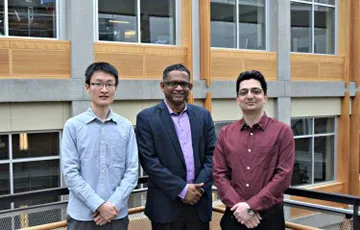
Mon, 04/03/2017 | UW Today
UW security researchers show that Google’s AI tool for video searching can be easily deceivedUniversity of Washington researchers have shown that Google’s new tool that uses machine learning to automatically analyze and label video content can be deceived by inserting a photograph periodically and at a very low rate into videos.

Fri, 03/31/2017 | UW Foster blog
Engineering student teams place in 2017 Alaska Airlines Environmental Innovation ChallengeCongrats to UW Engineering student teams that won the second place and clean energy prizes at the 2017 Alaska Airlines Environmental Innovation Challenge! The Airy team, out of UW Electrical Engineering, won the $10,000 Herbert B. Jones Foundation prize for their battery-free, wireless home security solution that uses sensors mounted on doors or windows to harvest energy. Membrion, from UW Chemical Engineering, took the UW Clean Energy Institute clean energy prize with their low-cost, high-performance membranes for advanced batteries, fuel cells, and reverse osmosis water desalination applications. UW Engineering teams also received "Judges also really liked" awards: Membrion, UW Hyperloop (ME, CEE, EE), and GreenFeed (ChemE). Twenty-one student teams from seven colleges and universities around the Northwest addressed environmental and cleantech issues.
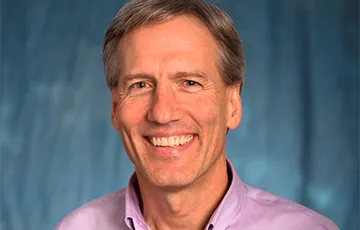
Thu, 03/30/2017
Greg Miller receives David B. Thorud Leadership Award
Congratulations to Greg Miller (CEE) for receiving the David B. Thorud Leadership Award, which honors two University of Washington leaders who champion positive change in our workplace, our state and throughout the world.
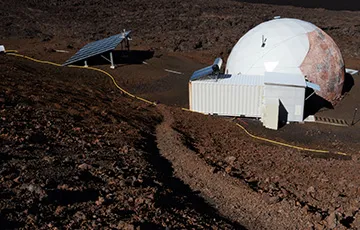
Tue, 03/28/2017
Life on Mars?Aeronautics & Astronautics alumna Ansley Barnard, BS ’12, is one of six volunteers living in an isolated dome on the slopes of Mauna Loa on Hawaii’s Big Island, where the geology mimics that of Mars. She’s participating in a NASA-funded Mars simulation mission, known as the Hawaii Space Exploration Analog and Simulation project (HI-SEAS).
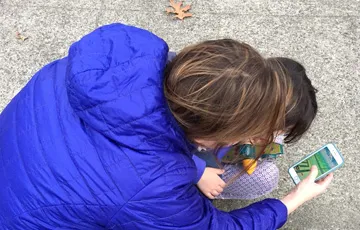
Tue, 03/28/2017 | UW Today
Parents who play ‘Pokémon GO’ with kids: ‘It wasn’t really about the Pokémon’Parents who regularly play “Pokémon GO” with their children reported a number of side benefits from playing the mobile device-based game, including increased exercise, more time spent outdoors and opportunities for family bonding, according to a team of researchers in the Department of Human Centered Design and Engineering and the Information School.
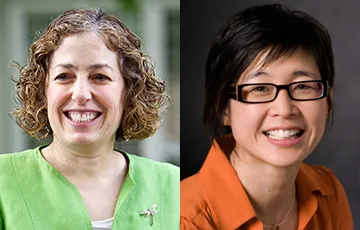
Mon, 03/27/2017 | UW Today
15 years of success for UW center in recruiting, supporting female STEM facultyOn March 31, the UW ADVANCE Center for Institutional Change will hold a 15th anniversary celebration of its work and achievements. With workshops, new resources and mentoring services the center has strived to remake the faculty recruitment and retention process. Since ADVANCE opened its doors, the UW has nearly doubled the number of female faculty in 19 STEM departments across three UW colleges.
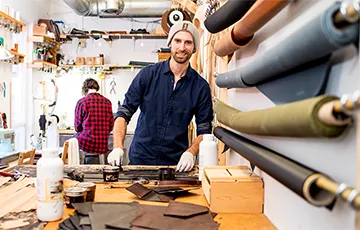
Wed, 03/15/2017 | College of Engineering
Mindful materials: Combining love of nature with an MSE degreeMaterials Science & Engineering alum Dan Sedlacek combined his love of nature with his engineering studies to create Uphill Designs, a Seattle adventure goods company grounded in the belief that adventure is at the root of living fully.